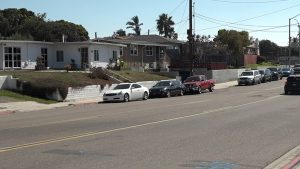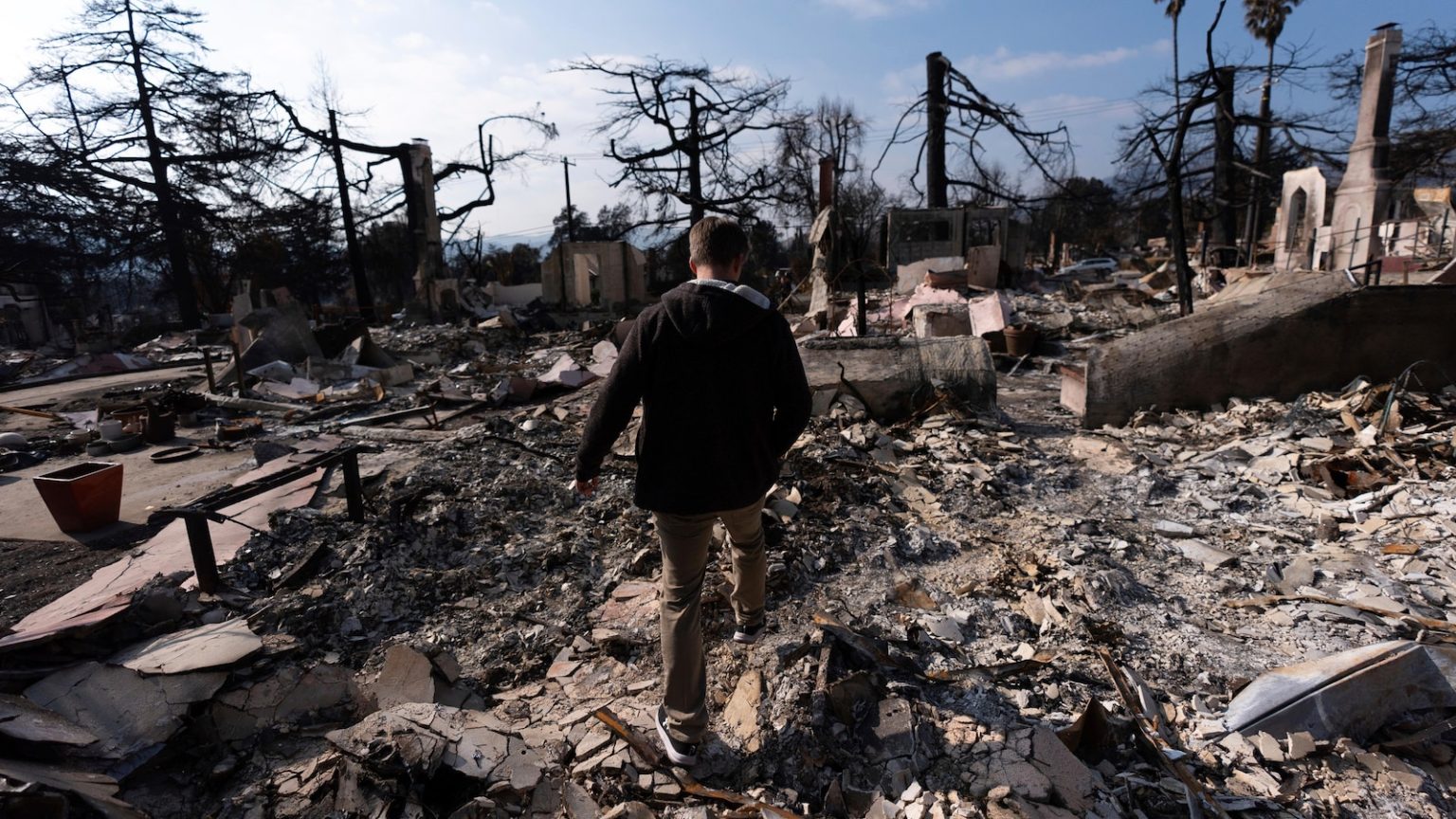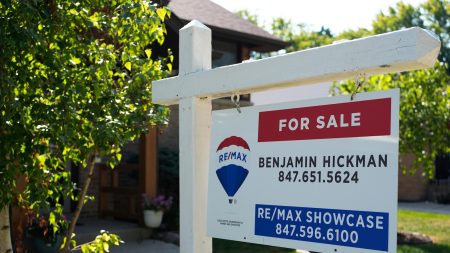California’s FAIR Plan: A Lifeline for High-Risk Homeowners Facing a Funding Crisis
Introduction: The Urgent Need for Support
California’s FAIR Plan, a vital insurance program for homeowners in high-risk areas, is facing a critical moment. The program, designed to cover properties that private insurers deem too risky, is seeking an additional $1 billion to address claims from the devastating Los Angeles wildfires. This funding crunch highlights the growing challenges in providing insurance coverage amidst increasing wildfire risks.
What is the FAIR Plan? Understanding the Safety Net
Imagine your home is in a high-risk area, where private insurers won’t touch you with a ten-foot pole. Enter the FAIR Plan, a pooled insurance program funded by major insurers. This plan issues policies to those who can’t get private coverage, offering a safety net, albeit at higher premiums and with basic coverage. By 2024, over 452,000 policies were in place, more than double the 2020 figure, underscoring its crucial role.
The Proving Ground: Los Angeles Wildfires and Their Impact
The recent Los Angeles wildfires have been nothing short of catastrophic. Sparking on January 7, the Eaton and Palisades Fires destroyed nearly 17,000 structures and claimed 29 lives, leaving survivors in dire need. The FAIR Plan stepped in to cover these losses, but the scale of the disaster has stretched its resources thin, necessitating the $1 billion boost.
Sharing the Burden: How the $1 Billion Will Be Covered
The $1 billion shortfall isn’t just a problem for the FAIR Plan; it’s a shared responsibility. Major insurers will cover half the cost, while the remainder will be passed on to policyholders through a one-time fee. This approach ensures that the financial impact is distributed equitably, preventing the plan from becoming insolvent and continuing to serve those in need.
A Commissioner’s Commitment: Ricardo Lara on Consumer Protection
Insurance Commissioner Ricardo Lara has been steadfast in his commitment to consumer protection. His recent action to secure additional funding for the FAIR Plan reflects his dedication to ensuring that wildfire survivors receive the support they need. Rejecting doom-and-gloom scenarios, Lara emphasizes the practical help the FAIR Plan provides—checks that can be cashed for food and rent, offering tangible hope and relief.
Conclusion: The Broader Implications for California
The FAIR Plan’s funding crisis is a microcosm of the larger issues California faces—climate change, increased wildfire risks, and the delicate balance of the insurance market. As the state navigates these challenges, the FAIR Plan stands as a testament to resilience and the need for innovative solutions to protect its residents. The road ahead will require cooperation from all stakeholders to ensure that Californians continue to have access to the coverage they so desperately need.















